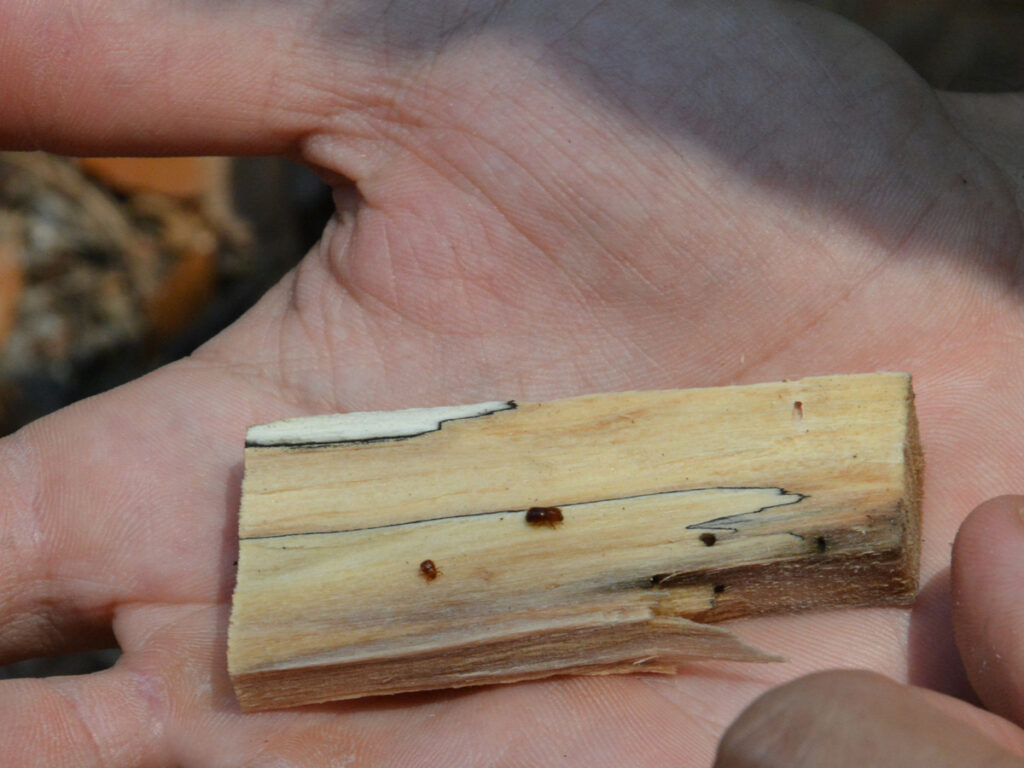Ambrosia beetles are small insects that belong to two main groups: bark beetles and pinhole borers.
While most of these beetles are native and target dead or dying trees, some invasive species, like the Redbay Ambrosia Beetle, can cause severe damage to trees.
Lifecycle
Beetle infestations begin when beetles locate a suitable host tree. Females are attracted to certain chemicals, such as ethanol. The beetles cultivate fungi inside trees, which they use as a food source. Females create tunnels in the wood where the fungus grows.
The larvae then feed on this fungus. Once mature, the adult beetles will fly off in search of a new host tree. Under the right conditions, several life cycles can exist within a year.
Ambrosia beetles are typically drawn to trees that are weakened by factors like drought, physical damage, or poor soil conditions. They enter the tree through small holes and can spread to nearby trees.
Many different tree species can be attacked by ambrosia beetles. They have a very broad host range and attack through mass accumulation. A slow process that lasts for months, and only a fraction of the beetles colonize the living host tissue.
Impacts
Early signs of ambrosia beetles include small (0.5 – 1 mm) circular bore holes where compacted white sawdust, known as “noodles” emerge. Frass and sawdust will also accumulate at the base of the tree and in the furrows of the bark.
Peeling back the bark will reveal cylindrical galleries (approximately 1-2 mm wide) with fungi that go deep into the xylem. Infected trees will show color changes in leaves, eventually leading to dieback and/or mortality.
Control
Keeping trees healthy and properly disposing of infected trees can prevent most new infestations. Chemical treatments may be an option when beetles are detected early.
By the time the leaves on a tree change colors, it is too late to save. The best option to reduce the attack and spread of ambrosia beetles is prevention.
For more information, check out the Ambrosia Beetle Factsheet.
